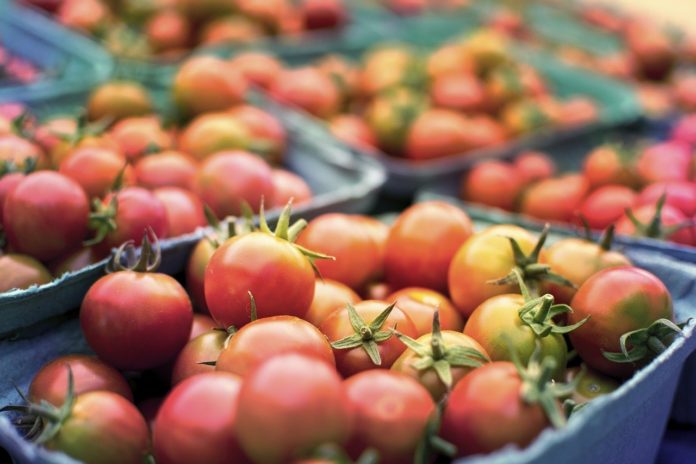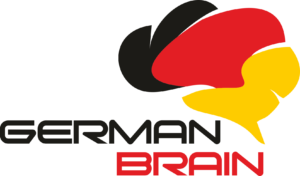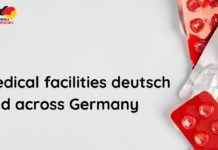
Organic agriculture aims at the organization of a complete farm as an organism, orientated on the rules of natural ecosystems. Therefore a strong and powerful renunciation of external control mechanisms and low consumption of non-renewable resources is required.
Characteristics of organic farming:
- No mineral N-fertilizers.
- Limitation of bought-in feed.
- No synthetic pesticides.
Firstly, no mineral fertilizer is used or allowed. Secondly, there’s a limitation of additional bought-in feed which means that livestock units per hectare have to be based on the fodder sources on the farm.
Thirdly no synthetic pesticides are allowed which means that the plant protection mainly has to be prophylactic e.g by selecting site adapted varieties, crop rotations and cropping systems based on biological methods.
Standards of organic farming in Germany:
The standards of organic agriculture in Germany are set by EC regulation 2092/91, the farms must be controlled each year by a certified organization. Moreover, every farm in Germany that belongs to one of the associations that are existing members of the AGL has to be controlled in addition.
The current scenario in the East and West Germany:
- East German farms:
Since the reunion of the east and west Germany, there has been a far-reaching restructuring of the agricultural sector in the eastern part of the country. Initially, due to impediments and shortcomings such as the distribution of assets of the collective farms to their former members, residual redemptions, unsettled property conflicts and capital procurement and a strong decrease in the total farm sizes and the animal livestock, nearly 3% of the total arable land was converted to organic farming according to the AGL standards. The average farm size in east Germany is 6 times larger than in West Germany. Some of the large organic farms cultivate up to 2000ha.
- West German farms:
Most of the organic farms in West Germany have been converted from mainly traditional dairy farms with a low degree specialization. Therefore the changes in farm management aren’t very far-reaching.
- Total number of farms in and across Germany
- Germany: 6465
- East Germany: 849
- West Germany:5616
Management strategies for organic farming:
In contrast to traditional farming, the conversion of large farms to organic agricultural farms requires or needs professional management of the system because of the special structural conditions it requires.
Since organic farming systems largely are nitrogen limited they come with two consequences: nutrient leaching and nitrate leaching. With regard to these facts, it is necessary to take long term and short term planning periods and management strategies for an optimal outcome.
Some of the long term management strategies are:
- Humus balance: A well-balanced humus budget supports soil organisms and soil structure and provides a continuous nutrient supply, especially nitrogen for the plants.
- Nitrogen balance: Nutrient balances are used increasingly for the analysis and assessment of parts as well as of total farms in order to identify weak points within the farming system and to estimate potential environmental pollution.
Some of the short term management strategies are:
- The first one is the under-sowing of grass as a catch crop to prevent nitrate leaching.
- The second is the sowing of winter rye about three two five weeks earlier than usual.










































